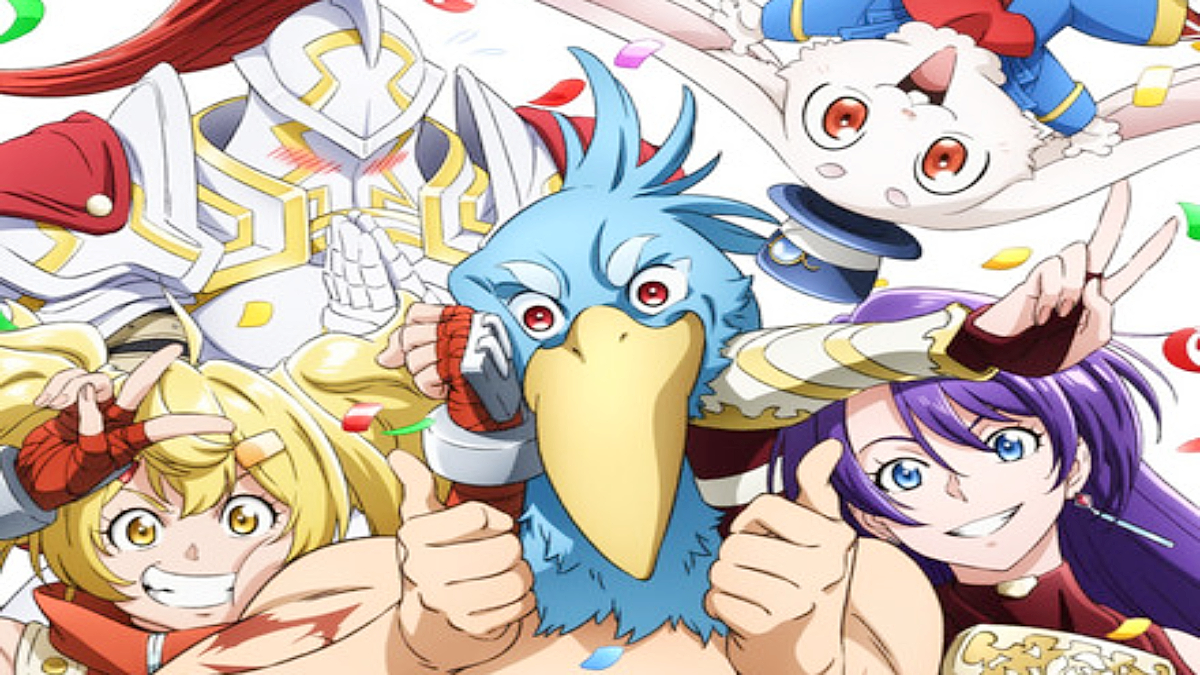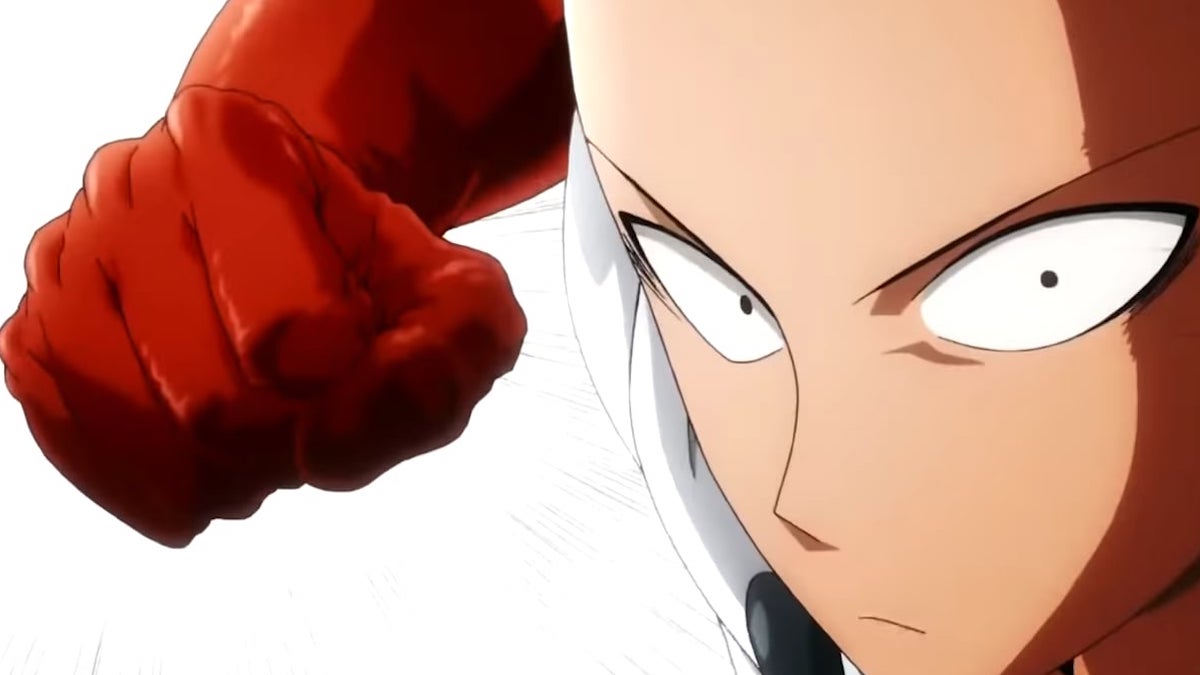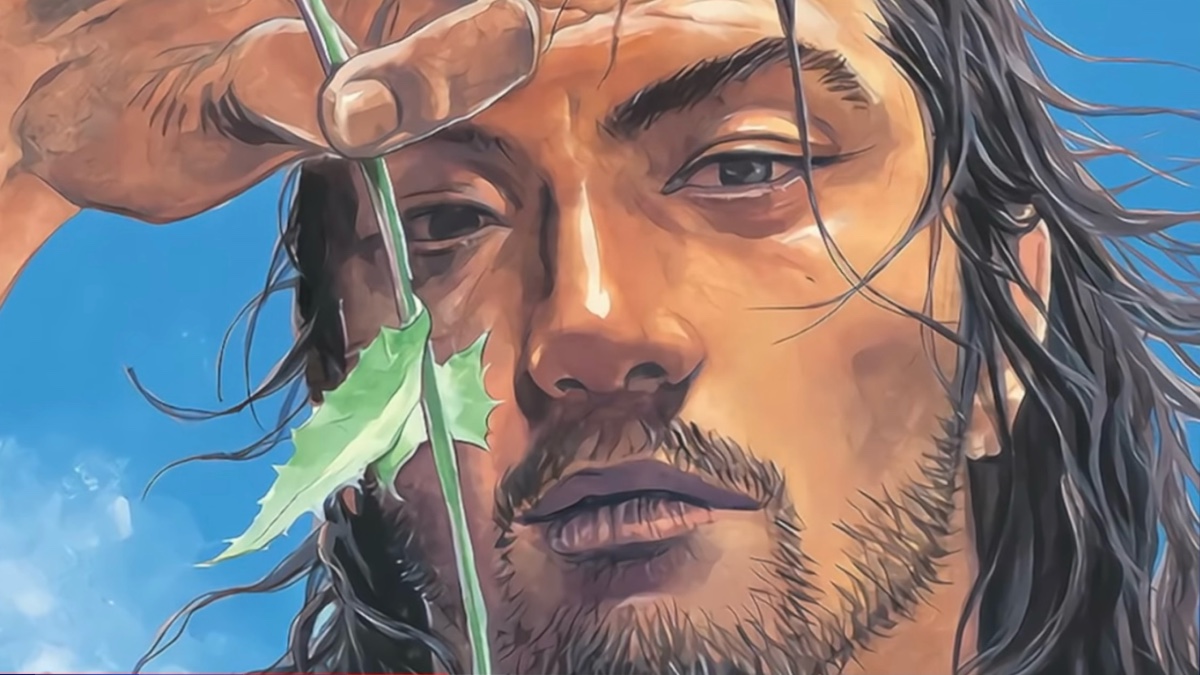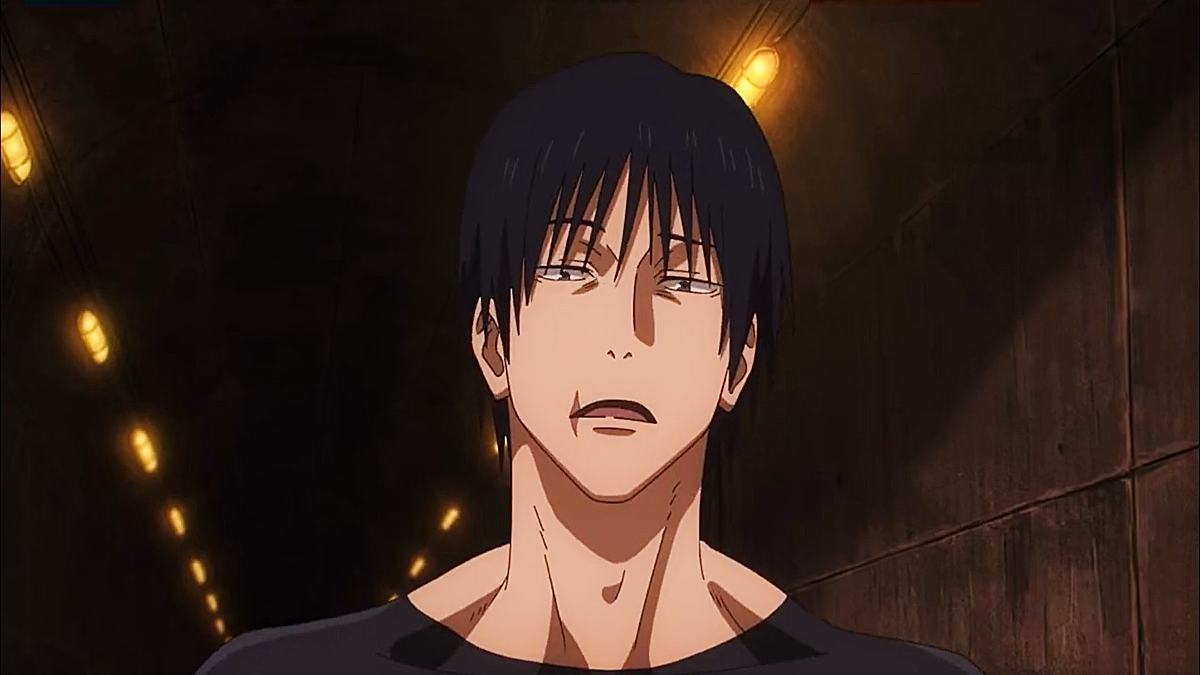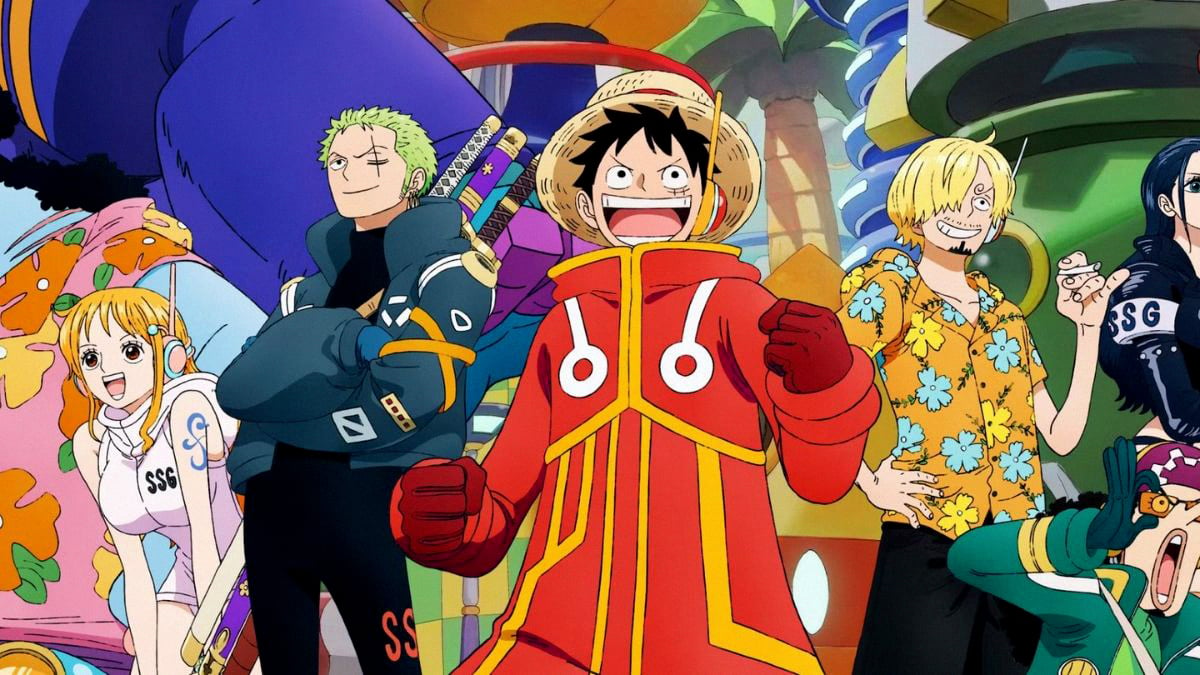In an interview published by Anime New Network this morning, a former Science SARU employee details a culture of crunch, burnout, and exhaustion at a popular studio spread thin by its workload.
Joan Chung, a former animator at Science SARU, worked on Japan Sinks: 2020 and the studio’s Star Wars: Visions episodes. She also contributed to unannounced projects at the company.
In her interview, Chung offers a glimpse at the studio’s internal conditions as it rushes to release two Visions episodes, two single-season anime, and a new feature film later this year. It’s not pretty: All-nighters, crying, burnout. Staff young and old have left the award-winning studio after undergoing severe stress.
“I do not believe this was a manageable number of productions,” Chung told ANN. “Its core employees range 40-50 in number, and though they liaise with many freelancers, the burden on the core team was heavier than it should have been.”
An industry beset with labor issues
Science SARU was founded by Masaaki Yuasa and Eunyoung Choi in 2013. In that short time the studio has, under the direction of Yuasa, produced such notable works as Ride Your Wave, Devilman Crybaby, Japan Sinks: 2020, and The Night Is Short, Walk On Girl. Regarded as one of Japan’s preeminent animation studios, the company employs approximately 40 animators around the globe.
Chung speaks fondly of her coworkers to ANN, relating how a supervisor taught her to skateboard during lunches and that, despite a language barrier, she was immediately welcomed into the company culture. However, this could not protect her and her coworkers from burnout amid “pressure, hours, and pay they had to sacrifice” that was “not sustainable for their futures,” ANN reports.
“I have some horror stories from this studio, which are thankfully fewer than some of SARU’s competitors. But—and this is a big one for me—a studio should not have its twenty-something girls crying in the bathroom, doing all-nighters,” Chung told ANN. “Neither should it have a production schedule that is so tight that it is unable to accommodate the mental health of [a] production manager.”

Chung emphasizes that animators in Japan are underpaid today, and that they lack the ability to bargain or negotiate for higher raises or better conditions. She argues that the conventional practice of paying per frame (or cut) is no longer a sustainable business practice, as it does not account for the complexity or time of what is actually drawn.
Further, the rates at which animators are paid to tackle these growing workloads and increasingly technical drawings have barely risen in the past half-century. Chung estimates that Japanese animators can expect to make the equivalent of $20,000 USD starting salary, or less than half that of their American and Canadian counterparts.
While Science SARU offered better work conditions compared to some of its other contemporaries, the studio is weighed down by the anime industry’s market expectations. In comparison, Western animators’ unions successfully raised entry salaries for North American employees in the 20th century, paving the way for an enormous wage gap between anime creators and their Western counterparts, Chung told ANN.
Chung suggests in her interview that since workers cannot form collectives or may struggle to unionize, studios should make the push for higher rates to benefit employees. Yet studios are also competing for work, seeking partnerships with publishers and platforms such as Netflix. The race to the bottom simply moves to the next level. It would take studios banding together to set minimum rates and expectations for a sustainable work-life balance.
“There are still many animators who are used to working for their gutted rates,” Chung told ANN.
Crunch culture is a common problem across the anime industry. Animators regularly work long hours for low pay, often passing out at their desks. In extreme cases, animators have been hospitalized from severe exhaustion or forced to work extensive hours that violate Japan’s labor code, Vox reports.
This remains a microcosm of the Japanese economy’s volatile labor conditions for workers, who contend with some of the longest hours and lowest wages in an economy of its size.
We Got This Covered reached out to Science SARU for comment. Chung declined to comment.


